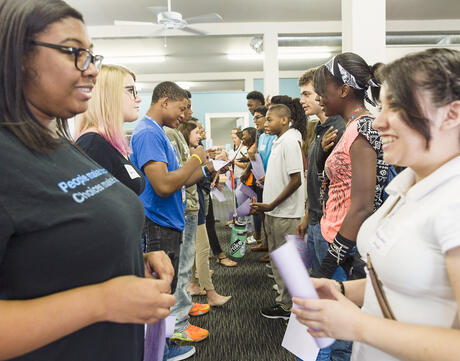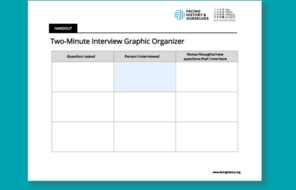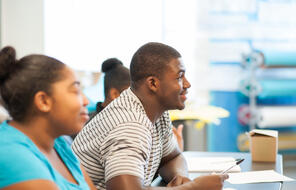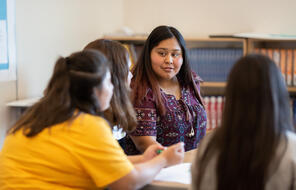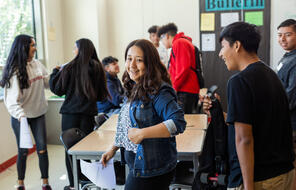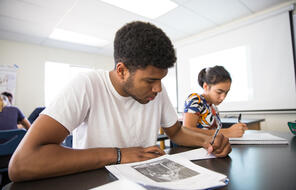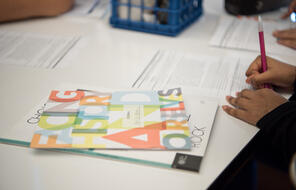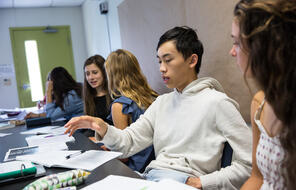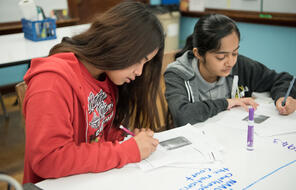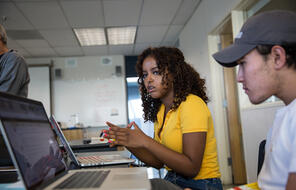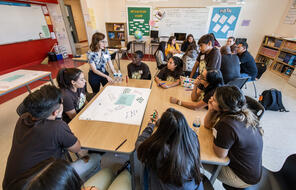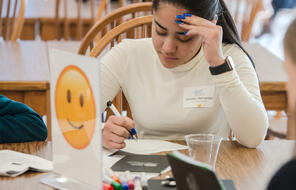Overview
What Is the Two-Minute Interview Strategy?
In an activity using the Two-Minute Interview strategy, students gather evidence and ideas by asking questions to a rotating partner. Use this strategy to stimulate students’ thinking as they investigate an essential question or search for evidence in response to an essay prompt. By requiring students to practice active listening and reading, this strategy helps students develop essential skills for learning new information. You can also use this strategy as a way to have students share their work with peers.
Lesson Plans
How to Use the Two-Minute Interview Strategy
Materials and Downloads
Quick Downloads
Download the Files
Get Files Via Google
Unlimited Access to Learning. More Added Every Month.
Facing History & Ourselves is designed for educators who want to help students explore identity, think critically, grow emotionally, act ethically, and participate in civic life. It’s hard work, so we’ve developed some go-to professional learning opportunities to help you along the way.
Exploring ELA Text Selection with Julia Torres
On-Demand

Working for Justice, Equity and Civic Agency in Our Schools: A Conversation with Clint Smith
On-Demand

Centering Student Voices to Build Community and Agency
On-Demand


